How to Use Machine Learning to Build Effective Healthcare Chatbots?

1What is a machine-learning chatbot?
According to different uses and scenarios, chatbots can be divided into several types, including Rule-based chatbots, Menu-based chatbots, Keyword-based chatbots, Hybrid chatbots and Machine-learning chatbots.
Today we are mainly talking about machine learning chatbot.
So what is a machine learning chatbot?
Machine learning chatbot, also known as AI(artificial intelligence) bot. It is a computer program that has been trained on large amounts of text and dialogue input and processed using Natural language processing (NLP) . The user can ask the machine learning chatbot any open-ended question, and the Machine learning chatbot will try to answer the user's question in the most natural language possible.
It is the ML technology used by this chatbot that sets it apart from other chatbots. For example, the chatgpt that caught fire recently is a machine learning chatbot.
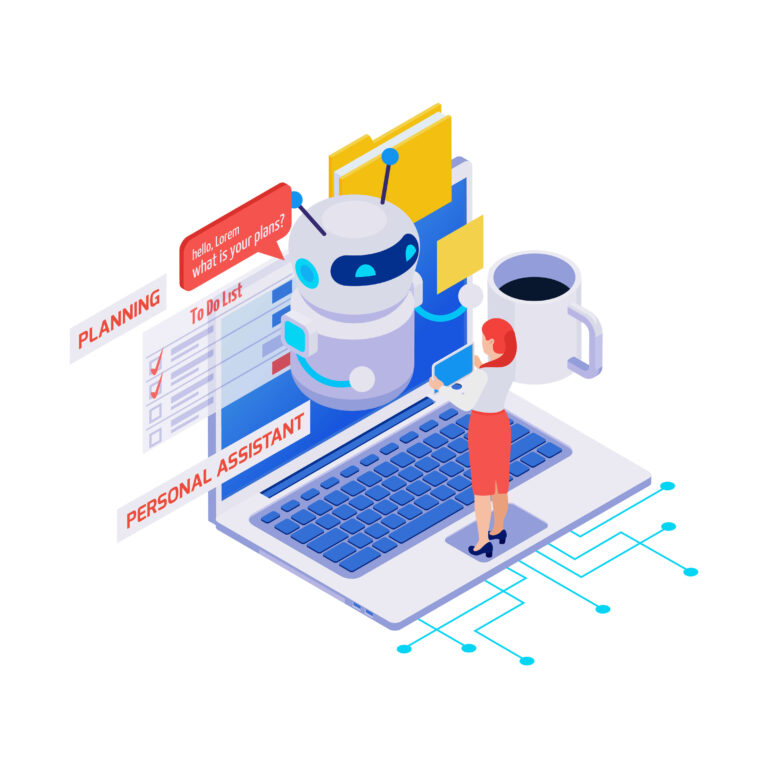
2Steps of a Machine-Learning Chatbot's Work
From the above, we know that Machine learning chatbot uses ML technology.
Then, what is the operation process of Machine Learning chatbot?
- Step 1
- The robot is trained by a series of data such as text and graphics, which is the source that is used to respond to the user.
- Step 2
- A user asks this chatbot a question. The NLP engine tries to analyze what the user wants by performing a series of tasks, including naming entity recognition, part-of-speech tagging, sentiment analysis, and syntactic parsing. Using these strategies, NLP assists the Chatbot in extracting vital information and understanding the user's intent behind their input.
- Step 3
- The conversation is over, and the user gives his feedback. And then, the chatbot keeps learning from the feedback.
3Popular Health Chatbots
Here are some popular health chatbots that are revolutionizing the healthcare industry.
1 Woebot
Woebot is a chatbot that helps individuals feel better and encourages them to take care of their mental health. Having a conversation with them, there encourages introspection and provides emotional support. It uses cognitive-behavioral and natural language processing methods to help patients. Patients can utilize Woebot as a companion to relieve anxiety, lift their spirits, and overcome depression.
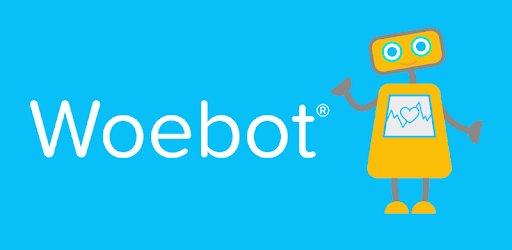
2 Your.MD
An artificially intelligent chatbot, Your.MD acts as a patient's own personal health assistant. Your.MD's mission is to give individuals agency by providing them with trustworthy health information in an approachable fashion. Time-saving features such as a symptom checker, personalized health information, and recommendations for self-care are all delivered to clients.

3Ada Health
Ada Health is supposedly a healthcare chatbot that provides patients with tailored health assessments and advice. Chatbot users can describe their symptoms to specialized algorithms to recommend possible diagnoses, treatments, and future actions.
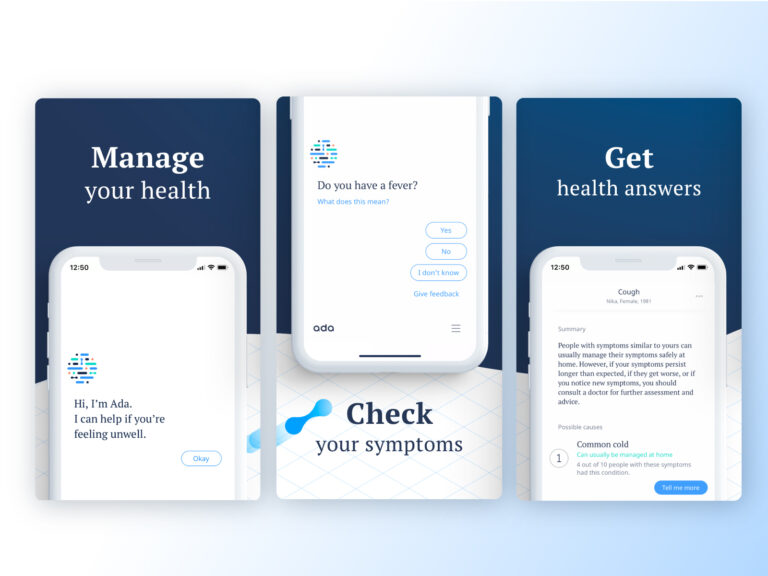
4 Buoy Health
With the help of the ML chatbot Buoy Health, patients may better understand and manage their symptoms. It analyzes inputs using Machine Learning (ML) techniques. Experts found that Buoy Health's symptom checker function and customized self-care recommendations were very helpful in guiding consumers' options regarding managing symptoms because it provided individualized suggestions based on the patient's submitted data.
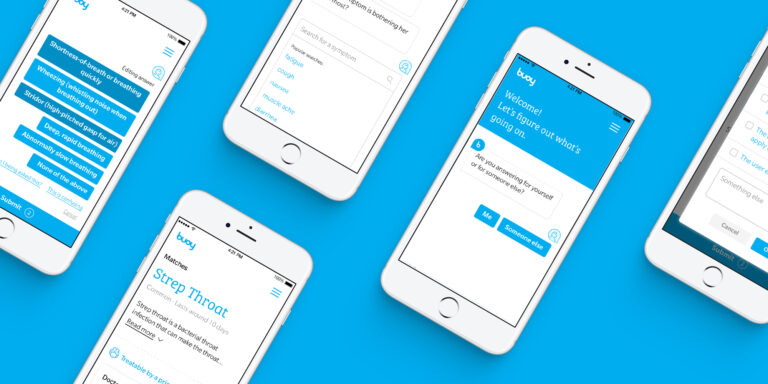
5 Florence
Florence is a chatbot that helps patients improve their treatment plans by promptly tracking their medications. It informs patients about their medications, prompts them to take them when due, and monitors their adherence to drug regimens.
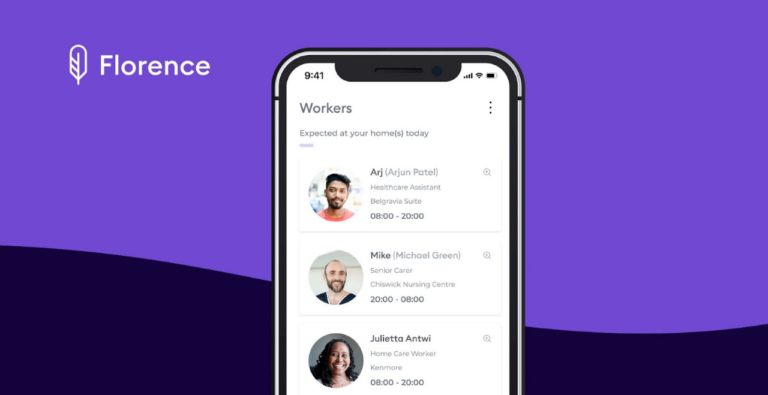
In the following, we'll see how health chatbots can be used in many settings, from general health advice to symptom assessment and mental health treatment. Chatbots like this combine NLP and machine learning to make healthcare more accessible, informative, and user-friendly for patients. Even if they are useful, chatbots should not be used in place of actual doctors. They aid patients and doctors alike by empowering individuals to take charge of their health.
4Platforms for Building Machine Learning Chatbots
Several platforms are available to provide tools and techniques to developers for building machine-learning healthcare chatbots. Here are some popular platforms for building machine-learning chatbots:
1ChatInsight AI
ChatInsight is an AI-powered machine learning chatbot that uses the Large Language Model to provide accurate, 24/7 consulting services, based on semantic understanding. It can be customized with a knowledge base to answer questions specific to an enterprise. It can be used for a variety of applications, including sales consultation, customer service, training, pre-sales and post-sales inquiries, depending on the business's requirements.
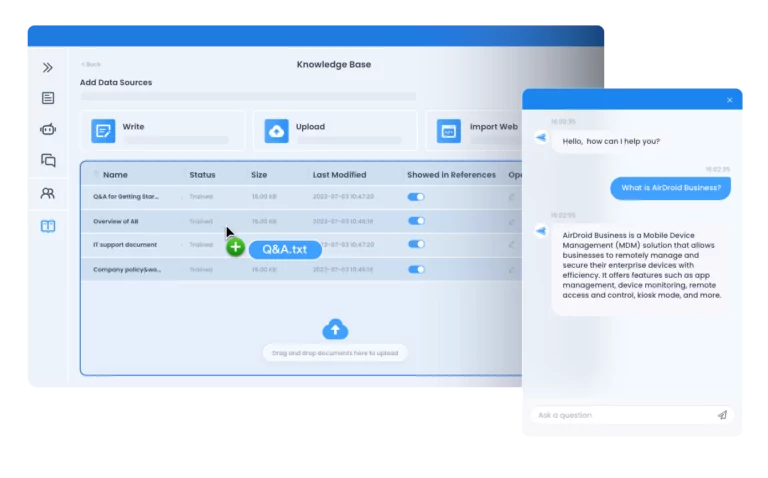
2Drift
Drift initially specialized in live chat and just lately expanded into chatbots. They concentrate more on providing a chatbot that schedules meetings for sales teams. Without the use of any forms, the bot qualifies website visitors and promotes discussions with leads. Additionally, it locates the appropriate sales representative and plans a meeting for them. Due to its outstanding performance, Drift's chatbot has received a lot of excellent evaluations over the years.
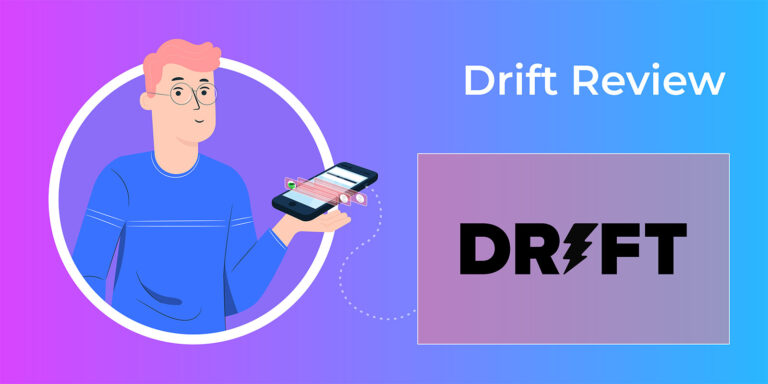
3BotsCrew
BotsCrew, another chatbot platform that offers a managed service, is widely used by small and medium-sized businesses. The platform also gives you the option of constructing the bot on your own. Currently, the platform supports bots written in multiple languages, with built-in support for Facebook Messenger and a website widget. On-demand integration with services like WhatsApp, Twitter, Telegram, and others is possible. You won't have to recreate the bot you make to use it on different platforms.
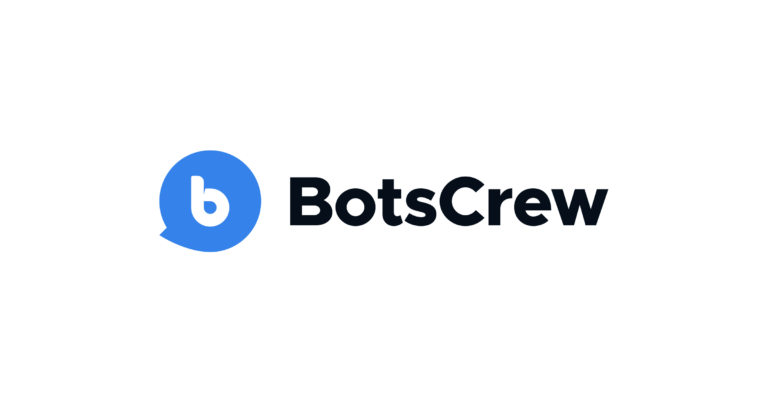
4Amazon Lex
Amazon Lex enables developers to integrate speech and text-based chatbot interfaces into their software applications. Amazon Lex makes use of automatic speech recognition (ASR) in order to turn spoken words into text. Natural language understanding (NLU) is then utilized in order to determine the meaning of the text. There are sophisticated capabilities for deep learning that can be utilized when developing applications that provide users with extremely engaging experiences and interactions that mimic natural conversation. It makes use of the deep learning technology that is the driving force behind Amazon Alexa, and it enables you to develop complex conversational bots using natural language rapidly and easily.
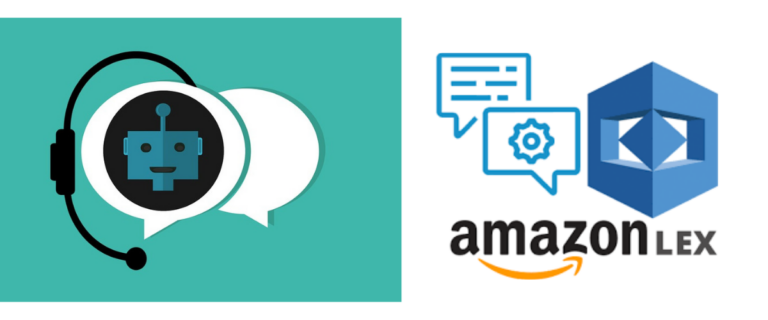
These platforms help developers by providing the tools and architectures needed to develop a chatbot. Machine learning algorithms integrated into these platforms allow the chatbot to learn their own about healthcare and other sectors based on the data provided.
5Why Does Healthcare Need a Machine-Learning?
Healthcare companies often use machine-learning chatbots. Due to their many industry-specific efficiencies, chatbots have a lot of benefits. Compared to people, these chatbots are more efficient. Several factors necessitate the use of a machine-learning healthcare chatbot, including:
1Individualized care
Chatbots powered by machine learning recommend personalized care based on patient data and preferences. Healthcare staff employees might be unable to do this effectively, but a chatbot can for its users.
2Economical Solution
Because machine learning chatbots don't require payment to interact with patients, healthcare firms can save money by adopting them. Chatbots can help the healthcare industry expedite procedures and save operating expenses by automating some tasks and minimizing human interaction.

3Improved Patient Involvement
Machine-learning chatbots increase patient involvement in healthcare by providing effective, individualized conversations. To improve patient happiness and participation in healthcare, chatbots may promptly answer patients' questions and then provide important information.
4Availability
Chatbots are available to patients around the clock, offering them support and assistance whenever needed. The patient experience is improved by ensuring that patients may access information and counseling outside of typical business hours. This is a nice point because the user can require therapy at any time.
5Effective Resource Utilization
Chatbots idle the time of healthcare staff members so they may focus on other aspects like more essential tasks by doing repetitive and routine tasks like scheduling appointments and providing basic answers about health.
Machine-learning chatbots also perform scalable operations, task automation, user interaction, social network interfaces, data collection, the ability to speak various languages and engage younger clients, etc. These chatbots are useful tools in contemporary healthcare settings due to their qualities like increasing effectiveness, patient satisfaction, and overall healthcare results.








Leave a Reply.